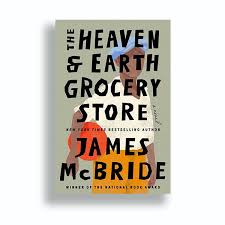1. The Hurricane
by testsuphomeAdminIn June 1972, following the discovery of a skeleton at the bottom of an old well in Pottstown, Pennsylvania, the local police sought out an elderly Jewish man residing near the old synagogue on Chicken Hill. This was prompted by the excavation of a lot on Hayes Street for a new townhouse development. The investigators found a belt buckle, a pendant, and remnants of a costume in the well. When they showed the elderly man a piece of jewelry, identified as a mezuzah, he recognized it immediately, noting that his own mezuzah matched it, suggesting a historical link to the local Jewish community, which had dwindled over the years.
The interaction revealed the old man’s identity as Malachi, once a celebrated dancer, now living in relative obscurity. He reflected on how the local prestigious Tucker School had attempted to purchase his property for decades. Despite the police’s suspicions, Malachi remained unfazed, his age reflected in his old clothes and his mostly toothless grin. When faced with the officers’ probing questions, he displayed a wry humor, offering pens from his pocket instead of any incriminating evidence.
The narrative takes a drastic turn when Hurricane Agnes struck, devastating the Chicken Hill area and surrounding counties. The historic flood claimed the lives of many and destroyed properties, symbolizing the chaotic intersection of natural disaster and social justice. According to accounts from local Black residents, the storm ravaged the neighborhoods of Pottstown, washing away the remnants of inequality and hardship, as divine justice seemed to intervene. Malachi, however, vanished, leaving only a couple of sunflowers behind.
In the aftermath of the hurricane, as police sought Malachi, they only discovered his absence. His legacy, characterized by his magical dance and resilience, remained intact. The story encapsulates a deep cultural memory of loss, survival, and the ongoing struggle against historical injustices faced by marginalized communities, particularly that of the Jewish population in the region.


0 Comments